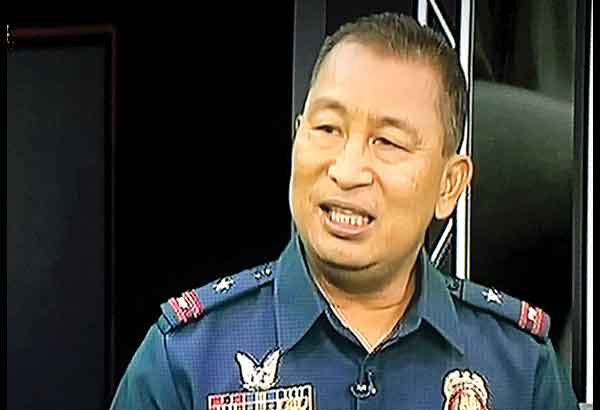Arresting traffic: What’s the difference between the PNP Highway Patrol Group & MMDA?
It’s been three weeks since the Philippine National Police (PNP) Highway Patrol Group (HPG) was deployed on September 7 to manage traffic in Epifanio De los Santos Avenue (EDSA). Citing data from the Department of Transportation & Communications (DOTC), Chief Superintendent Arnold Gunnacao said that travel time along EDSA was reduced by 10 to 15 minutes after the PNP HPG took over from the Metro Manila Development Authority (MMDA). What accounts for the change? Could it be that the PNP HPG is more powerful than the MMDA?
A comparative look at the PNP HPG and MMDA reveals that the difference doesn’t lie in their powers, but in stricter enforcement and creative approaches.
Traffic rules and regulations issued by the Land Transportation Office (LTO) remain the same. For instance, the same rules and penalties apply for running a red light, parking illegally, or entering a one-way street….but the PNP HPG has vowed to be stricter in enforcing traffic rules and regulations.
In terms of enforcement powers, PNP HPG officers have a slight edge. PNP HPG officers are authorized to conduct arrests, while MMDA officers have to call on the police to make arrests. While there are only few instances when motorists or pedestrians may be arrested, perhaps the fear of being arrested can make people more law abiding.
MMDA officers generally do not have the power to confiscate drivers’ licenses except under some situations. For PNP HPG officers, the determining factor is the type of tickets they hold. “PNP HPG officers who issue MMDA tickets may not confiscate drivers’ licenses, but PNP HPG officers who issue LTO tickets can confiscate drivers licenses”, explains PNP HPG Director Chief Supt. Gunnacao. The type of tickets held and issued by PNP HPG officers depend on whether they get their training from the MMDA or the LTO.
Apart from stricter enforcement, the PNP HPG has also innovated some creative solutions such as the “30-Second Rule” which limits loading or unloading time of passengers to 30 seconds; or the “No Contact Apprehension” which monitors and determines traffic violations through CCTVs and computers so that tickets are issued to vehicle owners without stopping vehicles on the road.
Traffic caused by road accidents may also be reduced through PNP HPG’s suggested “Selfie or Photo Method.” MMDA officers are not authorized to issue Police Reports, which are usually required for filing insurance or court claims caused by road accidents. According to Chief Supt. Gunnacao, motorists are encouraged by the PNP HPG to take photos of the position of the vehicles, the damage to the vehicles, road condition at the time of the accident, the drivers’ licenses and plate numbers of the vehicles. Thereafter, the motorists may remove the vehicles from the road and obtain a Police Report by showing such photos to the police.
The PNP HPG has also started to monitor artillery roads that can relieve the traffic in EDSA. To this end, the PNP HPG has recommended to several local governments the revocation of permits that allow vehicles to be parked along narrow streets that clog alternate routes connected to EDSA.
Asked how they are preparing for the anticipated increased traffic during the ‘ber’ months and Christmas season, Chief Supt. Gunnacao said that the PNP HPG will be meeting with the Metro Manila Council soon to discuss harmonized traffic schemes in EDSA and Metro Manila. PNP HPG has also created Mabuhay Lanes and Christmas Lanes.
To prevent “kotong” or other illegal practices by traffic enforcers, Chief Supt. Gunnacao said that commuters and motorists may report erroneous or abusive behavior to the PNP HPG.
To correct the misconception that the MMDA is now out of the picture, it must be clarified that the MMDA and the PNP HPG have been working together to find a solution to traffic problems. A successful solution against the crippling and overwhelming traffic in Metro Manila requires everyone’s cooperation—strict enforcement of rules by the MMDA and PNP HPG, and the discipline to follow rules by commuters and motorists.
 PNP HPG Director C/Supt Arnold Gunnacao explains what motorists should do during a vehicle collision.
PNP HPG Director C/Supt Arnold Gunnacao explains what motorists should do during a vehicle collision.
***
Karen Jimeno is a junior partner at Jimeno Cope & David Law Firm and a law professor. She hosts LegalHD on CNN Philippines Tuesdays at 9:30PM. She graduated from UP Law School and Harvard Law School, and is licensed to practice law in the Philippines and in New York.
- Latest






























